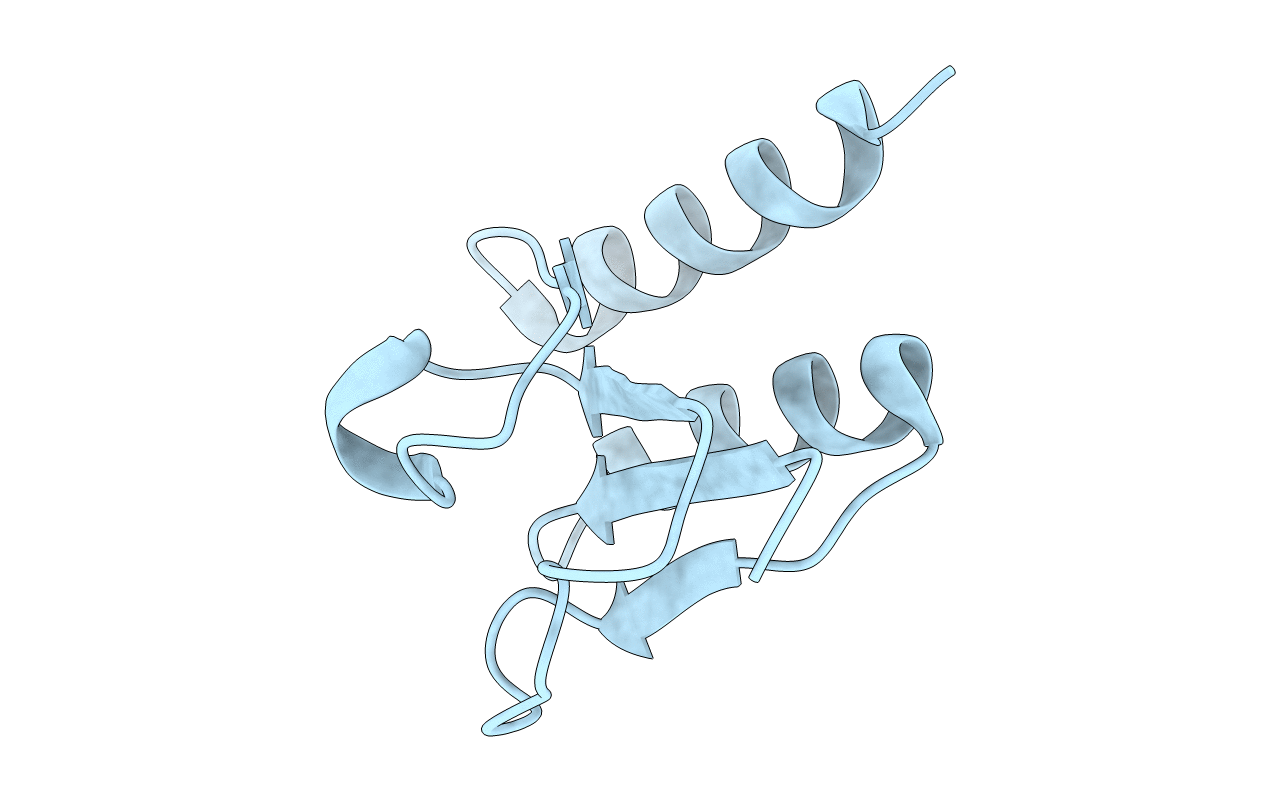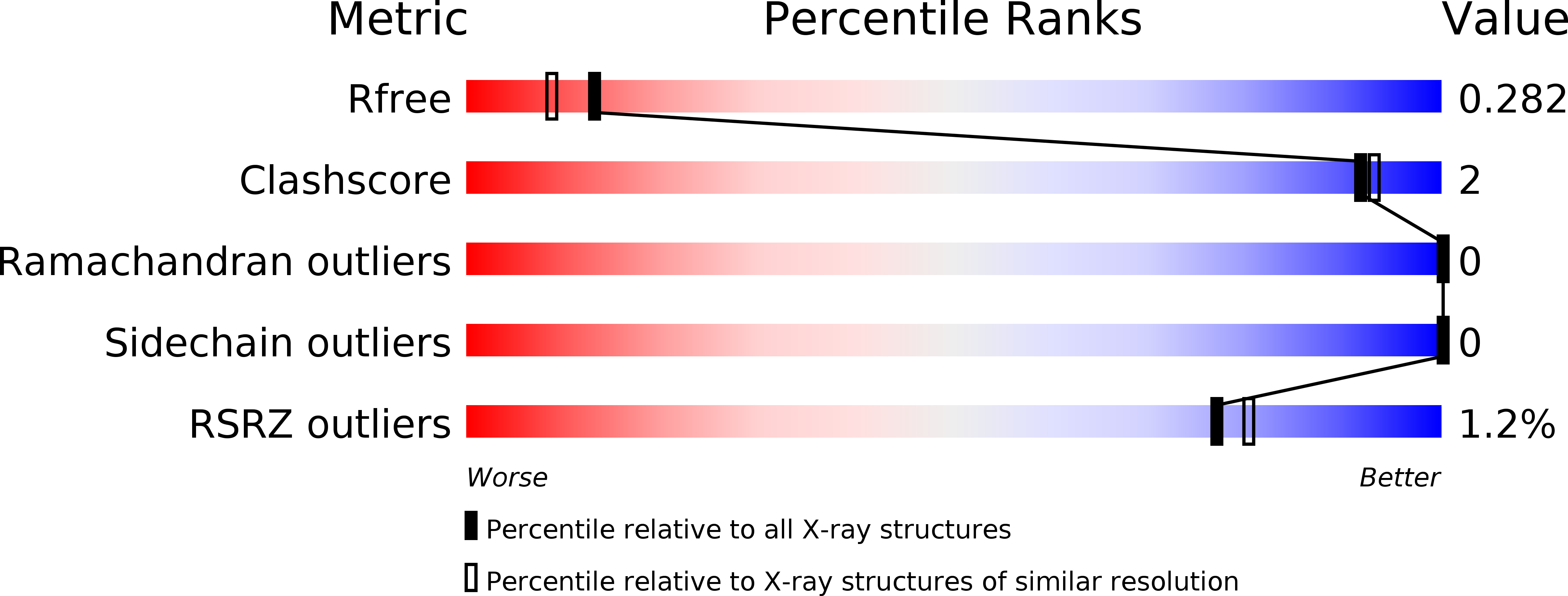
Deposition Date
2014-03-16
Release Date
2014-08-06
Last Version Date
2024-05-01
Entry Detail
PDB ID:
4CU2
Keywords:
Title:
C-terminal domain of CTP1L endolysin mutant V195P that reduces autoproteolysis
Biological Source:
Source Organism:
Clostridium phage phiCTP1 (Taxon ID: 871584)
Host Organism:
Method Details:
Experimental Method:
Resolution:
2.11 Å
R-Value Free:
0.26
R-Value Work:
0.17
R-Value Observed:
0.17
Space Group:
I 2 2 2


